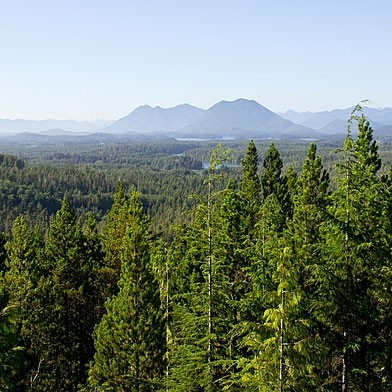A place to live: How much do the benefits of forest recreation matter?

A place to live: How much do the benefits of forest recreation matter?
People derive benefits from forests. In a recent study, researchers test the effect of a new forest policy on peoples’ choice of residential locations in Denmark.
Nielsen, A.S.E., Lundhede, T.H., and Jacobsen, J.B. (2016): Local consequences of national policies-A spatial analysis of preferences for forest access reduction. Forest Policy and Economics. 73 (2016): 68-77. DOI: 10.1016/j.forpol.2016.08.010.
Forests and the services they provide to humanity vary from place to place. These services, such as recreational opportunities, clean air and water, are experienced differently by people who live closer or farther away from forests. Denmark’s forests draw an annual 70 million adult visits for recreation. To measure the recreational benefits of forests, it’s important to consider the distance between individual residence and the forests and the amount of forest cover available. Restricting public access to forests often leads to a decrease in forests benefits.
In a study published in the journal Forest Policy and Economics, a research team led by Anne Nielsen of the University of Copenhagen analyzes the impact of a policy that reduces access to forests in Denmark. The national policy aimed to conserve wildlife in forested areas. By applying a choice experiment, the authors test if differences in quality and availability of forests will influence people’s preferences for access reduction. Questionnaires were sent out to a random sample of Danish population between ages eighteen and seventy in May 2005 to estimate how much people would be willing to pay for access reductions in favor of wildlife conservation. The survey data were paired with geographic information system (GIS) data showing forest cover within a 2.5-kilometer radius from respondents’ residence.
The study found that with access reduction, residents living closer to forests reported an increase in total satisfaction. This was contrary to the hypothesis of the study, which expected that people living closer to the forest would be more dissatisfied given restricted access to the forest. The responses could suggest that people preferred less crowded environments, and therefore were willing to travel longer distances to enjoy forests. Also, people living in areas with more forest cover needed high compensation to accept access reductions to conserve wildlife.
The research concluded that a national forest policy targeting an access reduction should take into consideration population size in relation to forest size; and therefore, access reduction should take place in large, remote forest areas.




